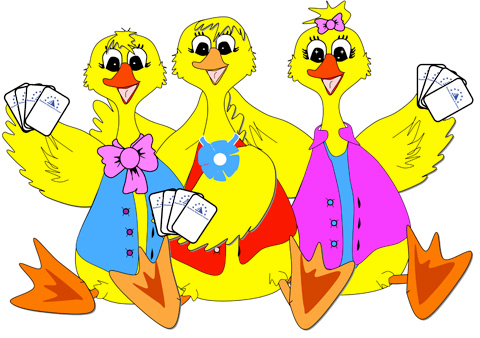The Science
by Dyslexia Research Center
by Dyslexia Research Center
The development of the educational card game ‘Mathe4matic’ based on the AFS-Method by Dr. Astrid Kopp-Duller came in response to scientific discoveries into how children learn to perceive and understand numbers. The project’s aim was to use cards with 3D representations of quantities alongside similar 3D representations of numbers to strengthen children’s understanding of how quantities and symbols are linked. Research has shown that the ability to perceive and understand this relationship is a vital foundation for understanding all basic arithmetic.
Our understanding of numeracy in children is strongly linked to Jean Piaget’s learning and developmental theory. This states that children only gain numerical understanding through practical application – only by engaging their minds can their reasoning skills grow.
As an extension of this, it becomes clear that numeracy has to be vividly experienced – it must be seen as a flexible system of interchangeable relationships and processes. Language plays almost no role in teaching these things. Traditional counting can speed up the learning process, but it can never replace direct experience as it places too much importance on how numbers are ordered and neglects their role in showing quantities; being able to answer a question such as “how many apples are there?” is far more important than knowing that “3 comes before 4 and after 2”.
Even when understanding comes from action, though, a child’s counting ability is no proof of their numerical comprehension. An important factor in this is being able to differentiate between a symbol’s name and the number it represents: what we call a number isn’t the same as the concept behind it.
In reality, numbers don’t exist at all and are just products of human thought processes which can be put into one of three categories:
Our understanding of numeracy in children is strongly linked to Jean Piaget’s learning and developmental theory. This states that children only gain numerical understanding through practical application – only by engaging their minds can their reasoning skills grow.
As an extension of this, it becomes clear that numeracy has to be vividly experienced – it must be seen as a flexible system of interchangeable relationships and processes. Language plays almost no role in teaching these things. Traditional counting can speed up the learning process, but it can never replace direct experience as it places too much importance on how numbers are ordered and neglects their role in showing quantities; being able to answer a question such as “how many apples are there?” is far more important than knowing that “3 comes before 4 and after 2”.
Even when understanding comes from action, though, a child’s counting ability is no proof of their numerical comprehension. An important factor in this is being able to differentiate between a symbol’s name and the number it represents: what we call a number isn’t the same as the concept behind it.
In reality, numbers don’t exist at all and are just products of human thought processes which can be put into one of three categories:
- 1. Real Numbers: physical quantities and objects – perceptions and ideas which can be tangibly experienced.
- 2. Conceptual Numbers: theoretical values/volumes and numerical relationships.
- 3. Signs and Symbols: representations of concepts which describe reality abstractly [independently of real-world objects and actions].
By making the quantities and symbols on the cards important to game-play, ‘Mathe4matic’ helps children to learn and memorize the skills needed for basic arithmetic in a fun and playful manner.

